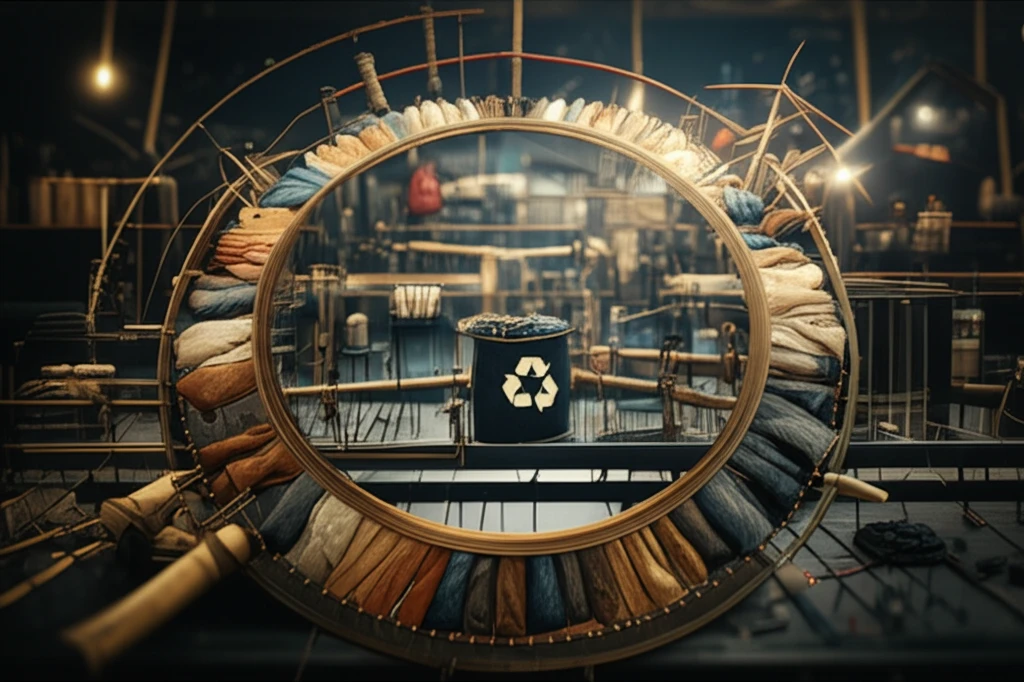
Revolutionize Your Wardrobe: The Ultimate Guide to Circular Fashion
"Discover how circular economy principles are transforming the textile industry and creating a more sustainable future for fashion."
The textile and clothing industries are vital for global economic growth, yet they face significant challenges in maintaining sustainable performance. The increasing global population and consumption habits have led to a surge in demand for textiles, putting immense pressure on resources, design processes, and production methods. To address these challenges, the concept of the circular economy (CE) has emerged as a transformative approach, aiming to redefine how we produce, consume, and dispose of textiles.
Over the past few years, the circular economy has gained traction across various sectors, including science, consulting, and manufacturing. It represents a paradigm shift from the traditional linear model—take, make, dispose—to a regenerative system that emphasizes reusing resources and minimizing waste. This new industrial concept seeks to emulate natural ecosystems, where resources are continuously recycled and waste is minimized, fostering a more sustainable and resilient economy.
The principles of the circular economy are rooted in ideas such as industrial ecology, renewable energy, and energy conservation. At its core, the CE promotes complex system operations that prioritize recovery, repair, and remanufacturing of products. By integrating ecological and financial systems, the circular economy offers a pathway to reduce waste, mitigate environmental impact, and foster a more harmonious relationship between markets, consumers, and natural resources.
The Rise of Circular Fashion: Trends and Innovations

The linear model, characterized by its “take, make, dispose” approach, has long dominated the textile industry. However, this model is unsustainable due to its reliance on finite resources and its contribution to environmental degradation. The risks associated with the linear model include supply chain vulnerabilities, resource scarcity, and the high costs of waste management. As a result, the circular economy is gaining momentum as a viable alternative, offering solutions to financial and environmental challenges.
- Nutrient Utilization: Promoting the use of materials that can be safely reabsorbed into the biosphere.
- Recycling and Reuse: Implementing systems for recycling and reusing products that cannot be returned to the biosphere.
- Functional Service Economy: Shifting towards a model where consumers access the function of a product rather than owning it.
- Raw Material Supply: Ensuring a steady and sustainable supply of raw materials.
Conclusion: Embracing a Sustainable Future
The circular economy presents a compelling vision for the future of the textile and fashion industry, offering a pathway to sustainability and resilience. While challenges remain, the potential benefits of CE are undeniable, including reduced waste, lower environmental impact, and enhanced economic opportunities. By embracing circular practices, the industry can move towards a more sustainable and equitable future, benefiting both businesses and the planet.
